50 ohm air spaced cable has a capacitance of 66.7pF/m, dielectric spaced cables with velocity factors around 0.66 have around 100pF/m. This is a useful number, every time you connect two items together in the lab with a typical 1m coax cable, at low frequencies it is like adding 100pF across the signal. A 2m cable is like 200pF.
\$C=\frac{1}{Z_0 v}\$ where \$v=\frac{c}{\sqrt{\epsilon_r}}\$ is the velocity of propagation
As your 1m cable is around 20% of a wavelength at 36MHz you should really treat it as a transmission line.
Just looking at the capacitance, at low frequencies it looks like about 100pF, which at 36MHz has a reactance of about 44ohms. It is clearly going to influence your circuit where your impedance is around 1k.
Assuming that you are after the simple voltage transfer function from a source with 130k impedance to the 1k load, with no cable you have -42.3dB. Treating the cable as a simple 100pF shunt gives -69.4dB, treating it as a 5ns length of 50 ohm cable gives -67.4dB (from a simple SPICE sim).
Assuming that you are after the simple voltage transfer function from a source with -130j impedance (= 34pF cap at 36MHz) to the 1k load, with no cable you have -0.1dB. Treating the cable as a simple 100pF shunt gives -11.9dB, treating it as a 5ns length of 50 ohm cable gives -8.9dB (from a simple SPICE sim). Note that this can change quite dramatically with the length of the cable, use a 2m cable and you get -2.8dB, increasing your signal by over 6dB.

